REGULAR HOURS: TUESDAY-THURSDAY 12-6PM // FRIDAY & SATURDAY 12-8PM // SUNDAY 12-5PM // CLOSED MONDAYS
EXTENDED HOLIDAY HOURS: OPEN MONDAY // FRIDAY TO TUESDAY OPEN UNTIL 8p // NYE 11a- 5p // CLOSED 1/1 and 1/2
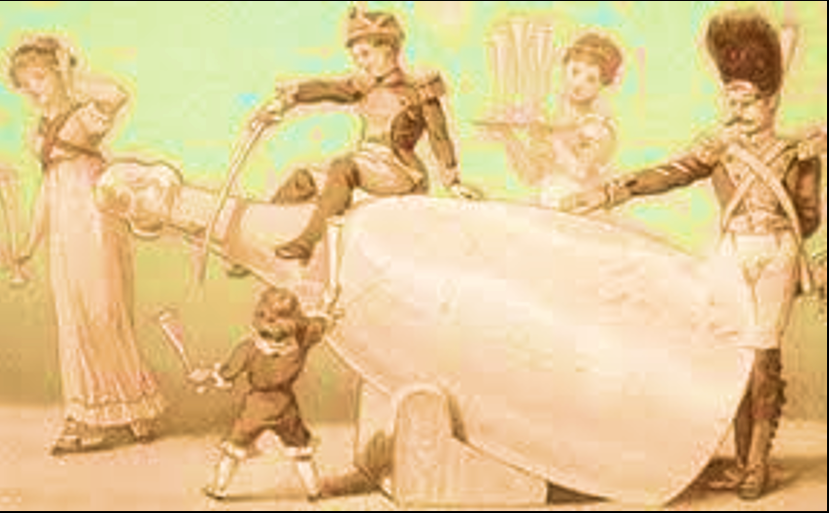
Click here for the PDF-formatted version
Once upon a time, in a land not so far away
"The saber and the bottle of Champagne"
Book of Bertil. 36
INTRODUCTION
A French fantasy tale:
Nothing is truer than a story that belongs to the universe of myth and not to that of validated historical facts. This is because they do not reconstruct events of the past, but instead create fantastic narratives that aim to educate and edify. These stories are built like legends, their symbolic texts like fables that change according to the writings and the time, which is the case with the origin of the sabering of the "Champagne". From its history to its ancient and now current symbol, only the method has not changed: sabering “Champagne” depends imperatively on its rules and on the non-bloodthirsty success of its actor and the spectators involved in this impressive and fantastic ceremony. Because in a few weeks is the beginning of university celebrations, weddings, and graduations of all kinds, so I offer you the chance to choose your weapons and the method, to celebrate your victory in complete safety by sabering the "Champagne" cleanly.
The word “Sabrage” is derived from the French word “Sabre”. By sabering, the Champagne cork and the upper neck of the bottle are removed with a saber. The cork leaves at a speed of 100 miles per hour from the bottle and flies up to 10-20 yards (the known record is 236 feet).
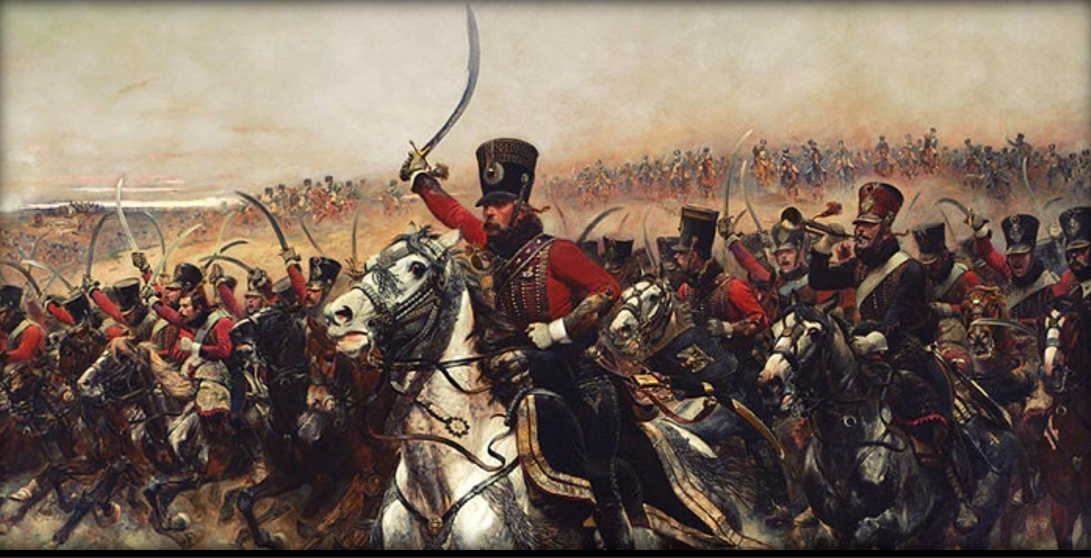
CHAPTER 1.0
Verse 36.1.01: History according to the French:
This technique became popular during the Napoleonic Wars, as Emperor Napoleon's army became master of the aristocratic domains belonging to the Austro-Hungarian Empire. At that time, the saber was the weapon of choice of the light cavalry, the French
hussars who, with each new victory, celebrated with parties during which it was in good taste to open a bottle "à la hussarde" (i.e. quickly). But it is according to French legend that in 1812 when Napoleon was at war with the Cossacks in Smolensk (Russia), the officers of the French cavalry sabered for the first time a bottle of Champagne to celebrate their victory, and thus show their powers and agility in battle.
"In victory you deserve champagne, in defeat you need it."
Napoleon Bonaparte
Verse 36.1.02: History according to the Cossacks (Russian):
According to bad tongues (i.e. rumors), it was the Cossack horsemen who started this sabering technique after having succeeded in conquering several bottles from the French army in a battle, and who, in order to taunt the enemy, would have sabered the conquered bottles while galloping on their horses in front of the lines of the fallen Napoleonic army in order to celebrate their victories.
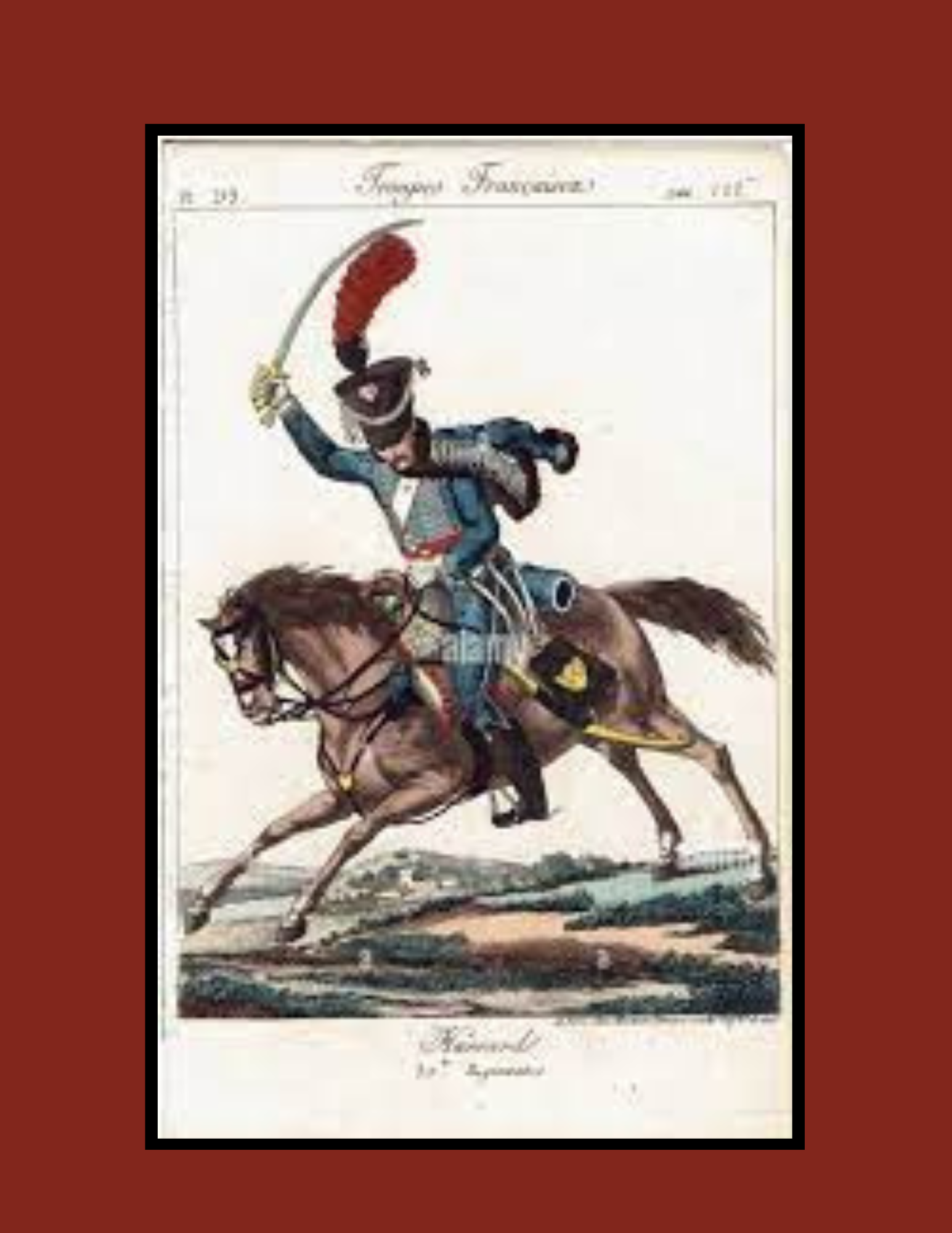
Verse 36.1.03: History according to Bertil:
Even if it is unlikely that the sparkling Champagne wines of this era resembled modern Champagne, it is a fact that the CO₂ captured in the bottle through closed fermentation allowed the wine to remain stable due to the total absence of oxygen. This preservation extended its shelf life during transport, making it an ideal choice for armies in the field. We also know that these bottles, sealed under atmospheric pressure, were secured with a simple iron clip (known as an agrafe) rather than a wire cage—the latter only appearing around 1880. At the time, the agrafe made opening the bottle difficult, and the Champagne cork was also challenging to remove without a cork clamp, due to its strong adhesion to the bottle’s neck. Modern corks, by contrast, are coated with vegetable silicone, making extraction easier and eliminating the need for special tools.
Given these challenges, it was both logical and practical to open the bottle by striking off the neck with the back of a sword (i.e. the false edge), especially in the aftermath of battle when quick celebration was desired. This bold and warlike tradition is still practiced today to add spectacle and grandeur to celebrations. Since 1986, the Brotherhood of the Sabre d’Or has elevated this art of sword-sabrage to an international level.
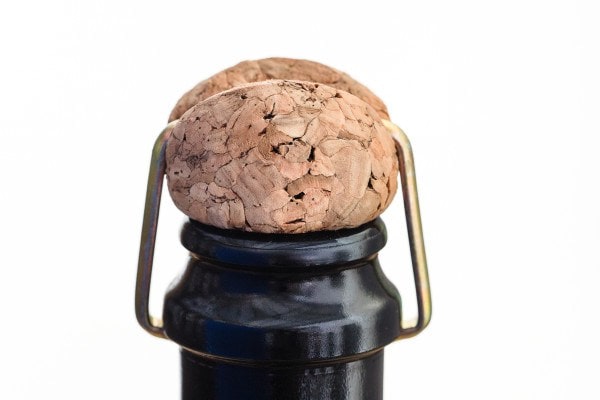
CHAPTER 2.0
Verse 36.2.01: Only sabering the Champagne?
Not all sparkling wines lend themselves to the art of sabrage. Purists insist that only true Champagne should be sabered in accordance with the tradition of Napoleon’s knights. However, it is evident that this tradition can be performed with other sparkling wines—provided they are produced using the Traditional Method (Champagne Method) and bottled to the same standards as Champagne.
The reality is that many non-Champagne sparkling wines are bottled in inferior glass and have varying internal pressures, ranging from 3.5 to 9 bars. This makes sabering unpredictable and potentially dangerous. A substandard bottle may shatter upon impact, posing a serious risk. Therefore, only bottles that meet Champagne’s specifications—typically maintaining a pressure of 6 to 8 bars—should be used, ensuring a clean and controlled sabrage.
If you want to practice this art, it is imperative to follow the rules, and the technique described by Eric Merny (Upper Wine).
The sabrage of Champagne is not an activity that can be carried out by just anyone. It is recommended to be assisted at departure by someone who has mastered this technique and who knows the safety instructions.
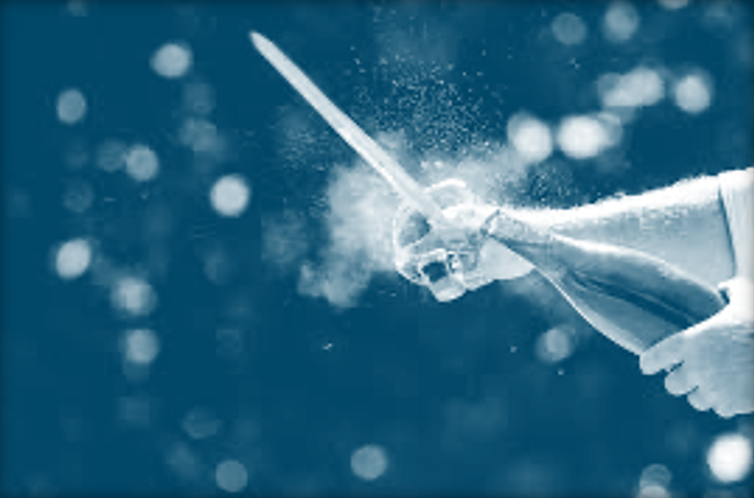
Verse 36.2.02: Technique:
Sabrage should only be performed with a sword specifically designed for this purpose. The saber should weigh between 1.65 and 2 pounds, featuring a blunt, rounded blade rather than a sharp edge. For safety, it is recommended to wear gloves and protective eyewear, as although bottle explosions are rare, they can occur due to manufacturing defects in the glass.
CHAPTER 3.0
Verse 36.3.01: The sabering technique in seven steps:
One: A bottle should be sabered at a cool, optimal temperature. When properly chilled, the internal pressure remains around 6 bars—three times the pressure of a car tire! If the bottle is too warm, the pressure increases, raising the risk of explosion upon sabering. Conversely, if it is too cold, the glass may shatter. For the best results, the ideal temperature for sabrage is 43°F. If the bottle exceeds 46.5°F, the risk of explosion increases, while temperatures below 39°F make the glass more fragile and prone to breaking.
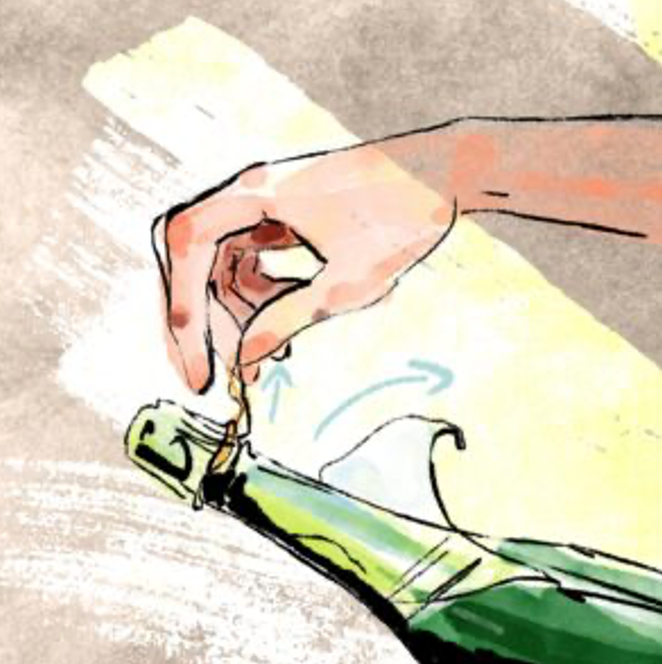
Two:Completely remove the foil to expose the entire glass neck of the bottle. Carefully unscrew the wire hood and reposition it by twisting it tightly between the upper part of the annulus and the bottle’s lip. This ensures that during sabrage, the cork remains attached to the severed top of the bottle.
Three: Hold the sword in your right hand if you are right-handed, or in your left hand if you are left-handed. Grasp the bottle with your other hand, keeping your arm outstretched at an upward angle of approximately 30 degrees, positioning the bottle obliquely toward the front of the neck.
Four: Place your thumb in the punt (the cavity at the base of the bottle). While this may slightly reduce your grip, it minimizes the risk of glass shards injuring your hand in the rare event of a bottle explosion.
Five: While holding the bottle in the correct position, rest the saber flat against the neck and slide the blade along it repeatedly to check for any imperfections. Before proceeding, warn passersby of your intention to saber the bottle and ensure no one is in your path. For safety, it is best to perform sabrage outdoors to avoid breaking anything inside or having the cork ricochet off a wall, which could propel it at high speed and pose a risk to others.
Six: Saber the bottle with a controlled, smooth motion. It’s better to apply too little force and attempt again rather than striking too hard—excessive force can shatter the neck, causing the loss of the bottle’s contents.
Seven: A good sabering is characterized by several things:
- Very little Champagne is lost
- The bottle contains a straight cut

If a sabering results in excessive champagne spraying or a shattered bottle neck, it indicates that not all the proper conditions for a successful sabrage were met. When performed correctly, the bottle will be cleanly 'decapitated,' and there will be no risk of glass shards contaminating the champagne, making it perfectly safe to drink.
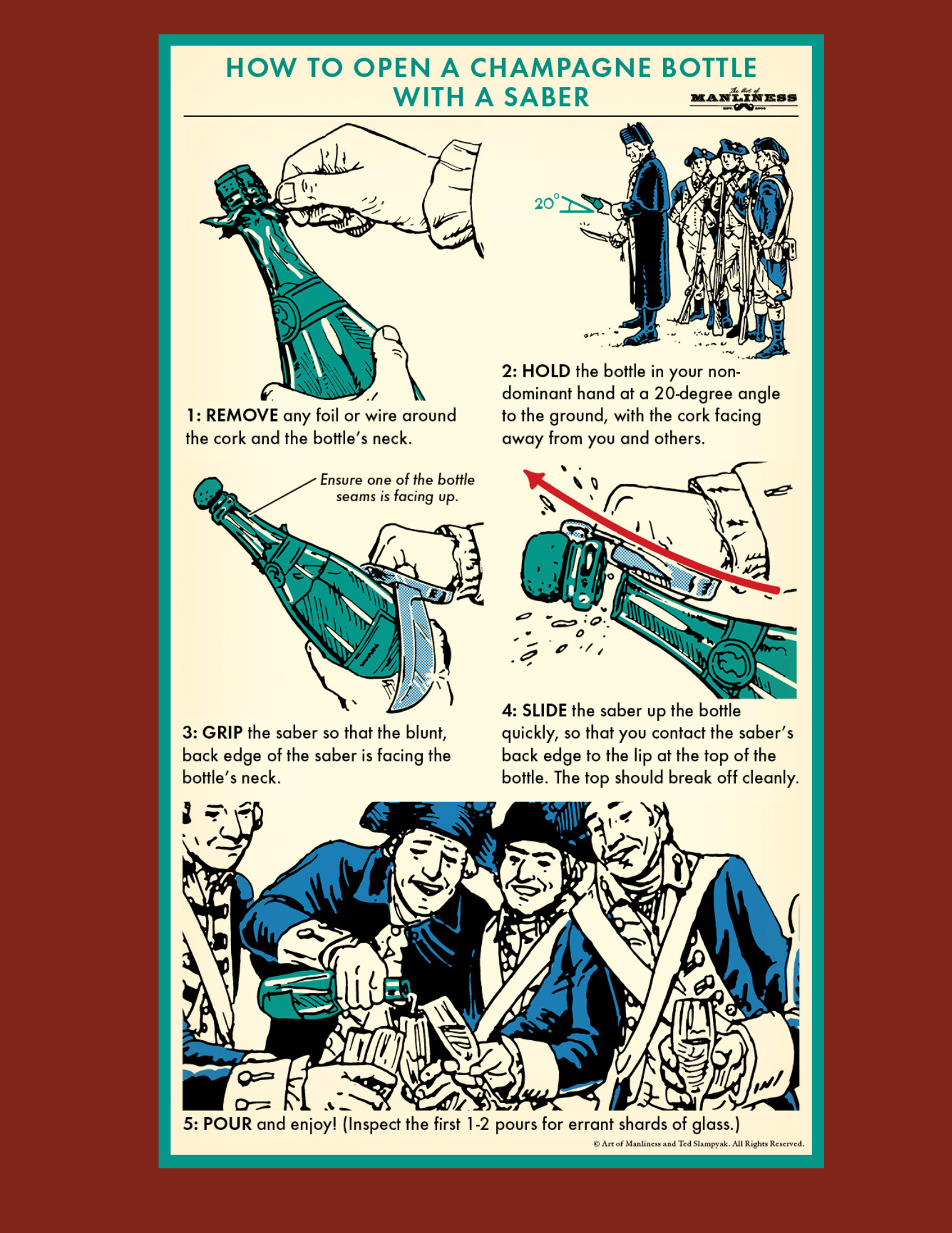
CONCLUSION:
Don't hesitate to saber an American sparkling wine (made using the Traditional Method) before a Champagne—after all, Napoleon was once the emperor of Louisiana, a French territory that stretched from New Orleans to Maine and the Great Lakes. This historical connection makes our sparkling wines almost like French Champagnes, worthy of being honored with the same imperial tradition.
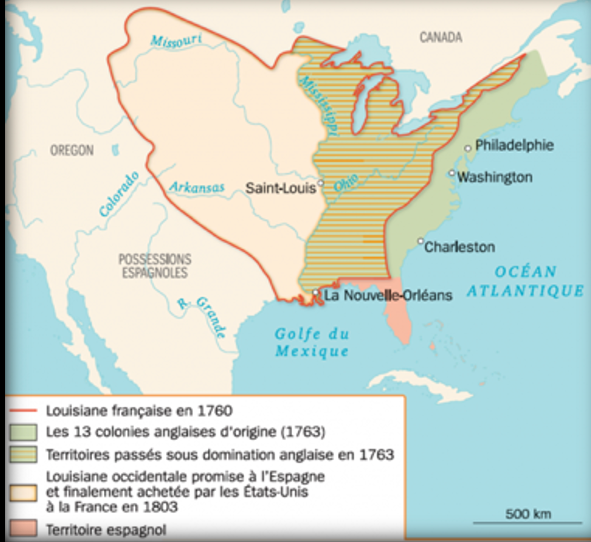
P.S: An international brotherhood, The Brotherhood of the Golden Sabre, is dedicated to promoting the art of sabrage and the enjoyment of Champagne worldwide. With over 2,700 members and 24 embassies across five continents, the brotherhood includes several notable personalities among its ranks. At the heart of the Order is a growing network of Vaults of Sabering, where sabrage can be performed. These Caveaux range from intimate restaurants and wine bars to grand hotels, all sharing two essential elements—Champagne and celebration. After all, Champagne is far too exquisite to be reserved only for special occasions.

For those interested, La Confrérie du Sabre d’Or has a presence in Massachusetts, led by the Massachusetts Consul, Aaron Habibipour, Knight Sabreur.
Mr. B
*Memorandum:
My words and opinions in these newsletters are and would always be personal, and I intend to offend.
I always accept that others have the full right and duty to challenge me, to argue, and, if it is necessary, excommunicate me from their beliefs (often dull and hollow) because I would act the same way if it were the other way around.
REGULAR HOURS: TUESDAY-THURSDAY 12-6PM // FRIDAY & SATURDAY 12-8PM // SUNDAY 12-5PM // CLOSED MONDAYS
EXTENDED HOLIDAY HOURS: OPEN MONDAY // FRIDAY TO TUESDAY OPEN UNTIL 8p // NYE 11a- 5p // CLOSED 1/1 and 1/2
